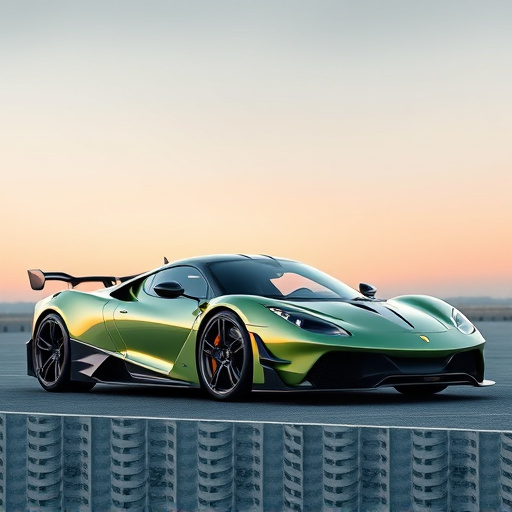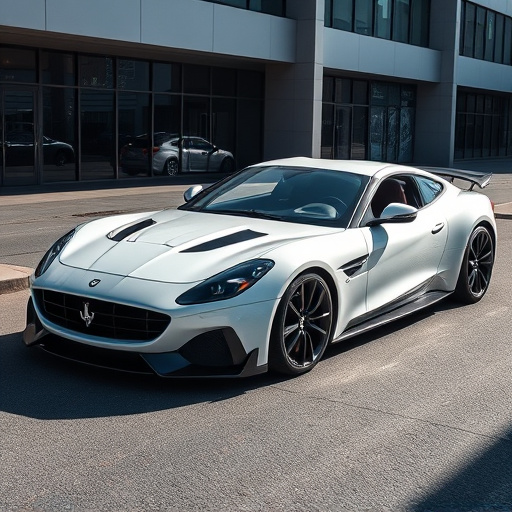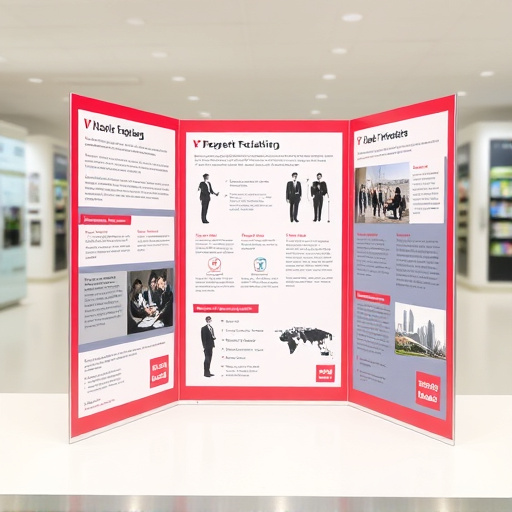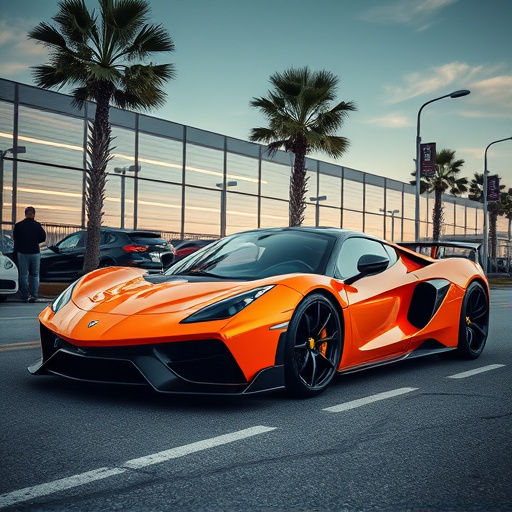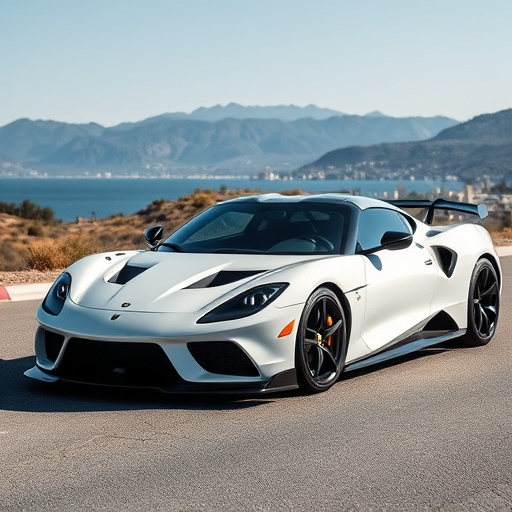High-flow air intake filters in racing vehicles offer significant performance boosts but reduce engine longevity due to increased internal pressures and temperatures. Race teams and enthusiasts must balance immediate performance gains against long-term durability, considering the type of race event. Modern advancements in materials and design ensure these filters deliver exceptional performance while withstanding racing conditions. Strategic modifications combined with regular maintenance and high-quality components allow for significant power gains without compromising engine life.
In the world of racing, the pursuit of speed often comes at the cost of engine longevity. This article explores the delicate balance between performance and durability, specifically focusing on high-flow air intake filters in racing vehicles. We delve into how these components enhance performance while considering their impact on engine lifespan. Through strategic insights, we uncover ways to achieve both optimal speed and extended engine longevity, offering a comprehensive guide for racers navigating this trade-off.
- Understanding the Performance-Longevity Trade-off in Racing Vehicles
- The Role of High-Flow Air Intake Filters: Boosting Performance vs. Durability
- Balancing Act: Strategies for Achieving Both Optimal Speed and Engine Longevity
Understanding the Performance-Longevity Trade-off in Racing Vehicles
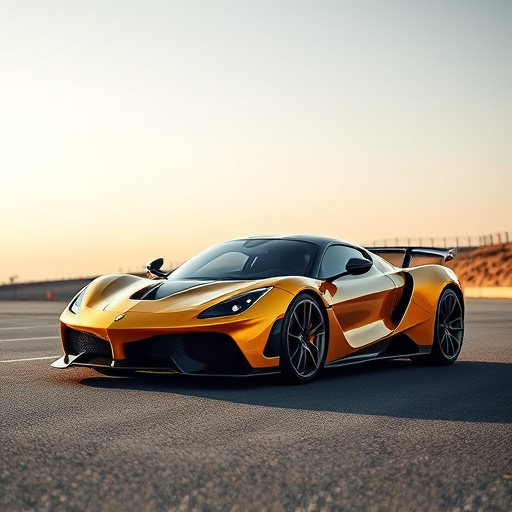
In the realm of racing vehicles, the performance-longevity balance presents a complex trade-off. While high-flow air intake filters can significantly enhance engine performance by increasing airflow and boosting power outputs, they often come at the cost of reduced engine longevity. These advanced filtration systems, designed to optimize airflow for peak power, may introduce higher internal pressures and temperatures within the engine bay. Over time, this increased stress can lead to accelerated wear and tear on critical components like pistons, valves, and cylinder heads, ultimately shortening the vehicle’s lifespan.
Navigating this trade-off requires a delicate approach. Race teams and enthusiasts must weigh the immediate gains in performance against the long-term implications on durability. For short-duration races or track days, high-flow air intakes might be optimal to achieve faster lap times. However, for endurance racing events that demand reliability and consistent performance over hundreds of miles or many hours, a more balanced approach with lower-flow filters might be preferable to ensure the vehicle’s longevity.
The Role of High-Flow Air Intake Filters: Boosting Performance vs. Durability

In the realm of racing and high-performance vehicles, every component plays a crucial role in achieving optimal results. High-flow air intake filters, specifically designed for racing applications, are no exception. These advanced filters offer a compelling balance between boosting engine performance and ensuring durability, which is essential for sustained competition.
By allowing an increased flow of air into the engine, high-flow air intake filters enhance combustion efficiency, resulting in improved horsepower and torque. This advantage is particularly significant in racing scenarios where every fraction of a second counts. However, the challenge lies in maintaining this elevated performance over time without compromising filter longevity. Modern materials and innovative designs have addressed these concerns, enabling these filters to withstand rigorous racing conditions while retaining their effectiveness.
Balancing Act: Strategies for Achieving Both Optimal Speed and Engine Longevity

In the pursuit of optimal vehicle performance, many enthusiasts often find themselves in a delicate balancing act: maximizing speed while ensuring engine longevity. This dual goal is particularly pertinent when considering modifications like high-flow air intake filters, favored by racing enthusiasts for their promise of enhanced horsepower. While these filters can indeed boost engine output, they may also pose risks if not carefully managed. One strategy to achieve this balance involves regular maintenance and high-quality components. Keeping engines well-maintained with routine oil changes, advanced lubricants, and precision tuning can extend their lifespan significantly.
Additionally, selecting air intake systems designed for both performance and efficiency is crucial. Modern high-flow air intake filters, when paired with optimized engine management systems, can provide substantial power gains without compromising longevity. These systems often incorporate smart features like electronic controls and advanced materials that enhance airflow while minimizing the strain on the engine. By combining thoughtful modifications with meticulous maintenance, car owners can strive for both blistering speeds and a long-lasting engine, satisfying their desire for performance without sacrificing reliability.
In the pursuit of speed, racing vehicles often face a delicate balance between peak performance and engine longevity. This article has explored the intricate relationship between these two factors, particularly focusing on the impact of high-flow air intake filters in racing cars. By understanding the trade-off and implementing strategies that optimize both speed and engine durability, race teams can achieve remarkable results without compromising the lifespan of their vehicles. The application of high-flow air intake filters, for instance, offers a compelling solution to enhance performance while mitigating wear and tear, ensuring racers remain competitive over extended periods.
